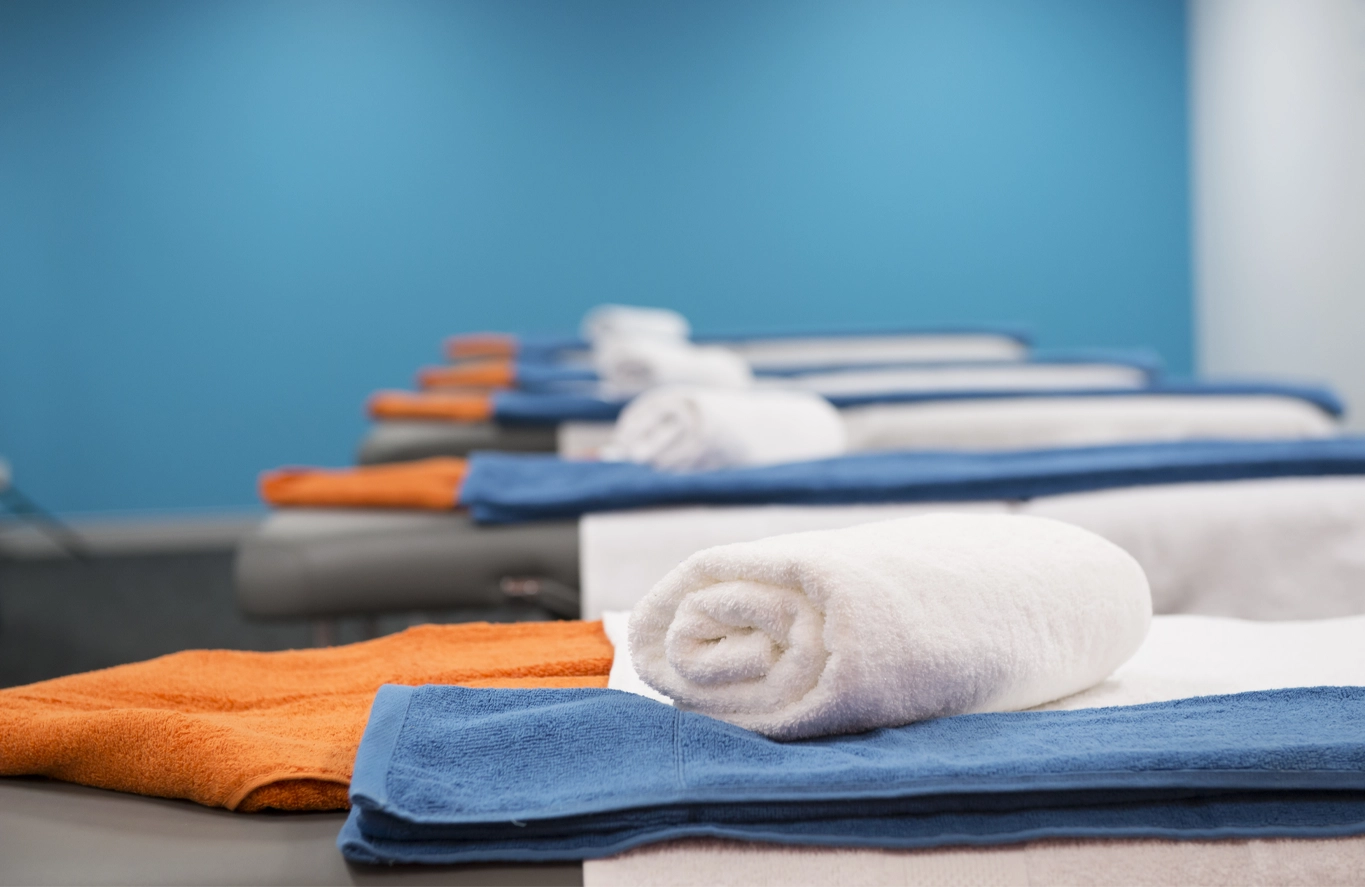
Massage and Scoliosis
23 Jul2019 Tagged as
Posted by Evolve College News
Massage and Scoliosis
What is Scoliosis?
The word Scoliosis is actually a Greek word, meaning curved or bent. Scoliosis therefore refers to a type of spinal curvature, where the spine bends sideways and rotates along its vertical axis.
Scoliosis is typically defined in four different categories – Idiopathic (not related to any other disease or disorder), congenital (a curve that develops as a result of congenitally abnormal vertebrae), neuromuscular (scoliosis resulting from a wide range of diseases and disorders of the central nervous system) and paralytic (curvature which develops when there is loss of spinal cord function, usually occurring early in life).
What causes Scoliosis?
Scoliosis has been referred to as a bit of a medical mystery, with the majority of cases having no known cause. Known causes may include genetic conditions, congenital spine deformation, cerebral palsy, spina bifida or neuromuscular problems, just to name a few.
Can I massage a client with Scoliosis?
Scoliosis is a medically diagnosed condition, however it is safe to perform massage therapy provided that:
- Your client is not experiencing severe acute pain. If this is the case, then clearance from their GP or specialist is essential.
- Your client has been properly diagnosed by a medical professional.
- You do not massage the spine itself.
How can massage therapy support a client with Scoliosis?
Massage therapy can not cure Scoliosis, however clients with the condition may experience an increase in tension in the surrounding muscles and tissues to the spine. Massage therapy can support clients to relieve this tension as well as lengthen muscles and increase circulation to the area.
Other reported benefits of massage on clients with Scoliosis include:
- Enhanced mobility – In a study conducted on patients experiencing Scoliosis, massage therapy reportedly increased their ability to conduct daily activities.
- Improved sleep – In the same study, patients reported that having a massage twice a week improved their ability to sleep comfortably.
- Improved mental well-being – Massage has been shown to reduce stress and increase relaxation, which can support clients to better handle chronic pain.
- Patients who received massage therapy prior to chiropractic or neuromuscular therapies reported better results from treatment.
Massage therapy therefore has many benefits to offer clients suffering from Scoliosis. However, as with any medical condition, caution and common sense is paramount. Communicate with your client about their condition as well as any changes they may feel following on from treatment. If your client is experiencing an increase in pain, then discontinuing treatment and referring to a medical professional is advised.
